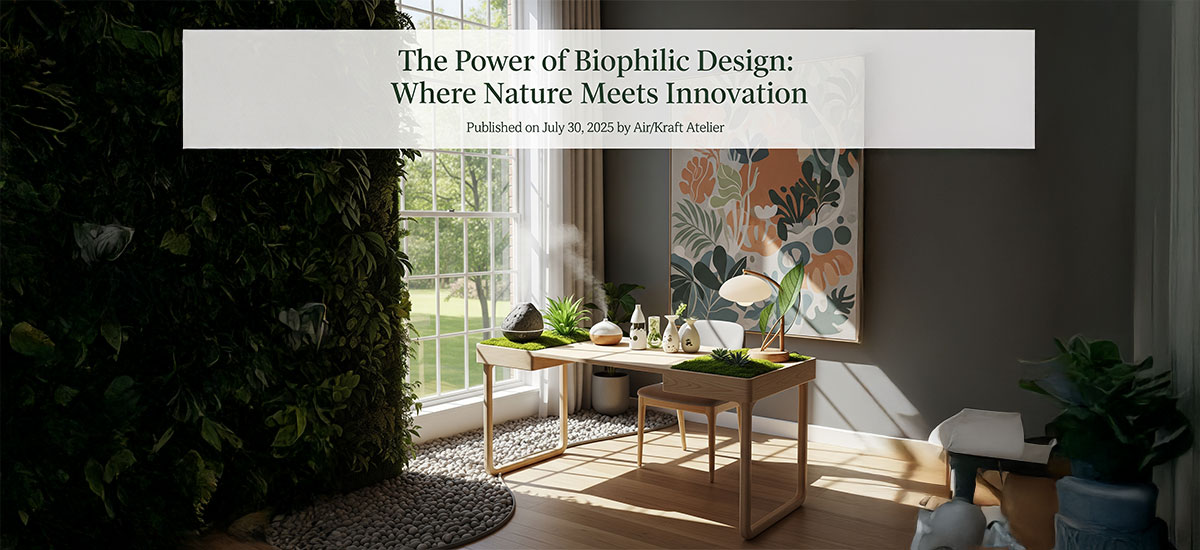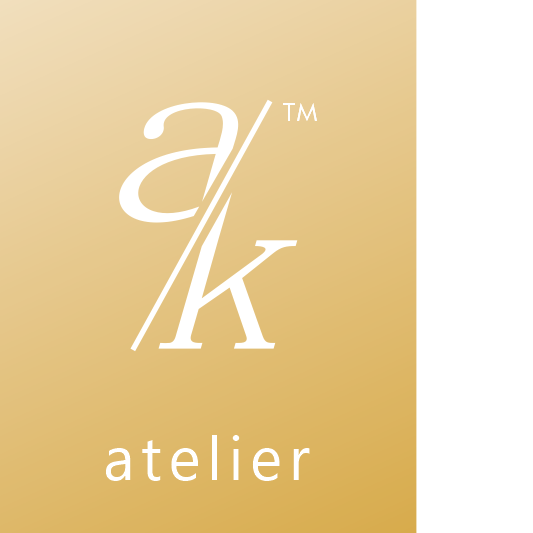
The Power of Biophilic Design: Where Nature Meets Innovation
In a world that's increasingly dominated by concrete, glass, and screens, the longing for a deeper connection with nature is more than just a romantic notion—it’s a biological imperative. Enter biophilic design: a progressive, human-centric design philosophy that seeks to bridge the chasm between built environments and the natural world. For designers and R&D leaders alike, this isn't just a stylistic trend—it’s a scientifically grounded, strategically valuable approach to creating spaces that heal, inspire, and perform.
Biophilic design recognizes the "biophilia hypothesis," coined by biologist E.O. Wilson, which suggests humans possess an innate tendency to seek connections with nature and other forms of life. The implications of this in architecture, interiors, and product design are profound. When spaces emulate or incorporate aspects of nature, people respond with improved well-being, heightened productivity, and even faster recovery from illness.
Why Biophilic Design Matters More Than Ever
In our modern, hyper-urban lives, the average person spends over 90% of their time indoors. As cities swell and buildings grow more sealed and technologically saturated, the absence of natural stimuli has quietly taken its toll: increased stress, reduced focus, and rising rates of anxiety and burnout.
But there is hope—and it lies in returning to our roots.
Biophilic design isn't about decoration; it's about transformation. It's the art and science of creating environments that mimic nature's rhythms, materials, patterns, and sensorial cues. And as studies from leading institutions like Harvard's T.H. Chan School of Public Health and Terrapin Bright Green have demonstrated, integrating biophilic elements into workspaces, hospitals, schools, and homes leads to:
Practical Applications of Biophilic Design
Whether you're designing a global HQ or a boutique wellness studio, biophilic design can be tailored to fit any scale or budget. It generally manifests through three categories:
1. Direct Nature
This includes physical, tangible elements of nature that are incorporated into the space. Examples include:
2. Indirect Nature
This refers to design cues inspired by nature, rather than actual natural elements. Techniques include:
3. Space and Place Conditions
This aspect considers how spatial configurations affect our subconscious comfort and perception:
The Designer’s Opportunity: Emotions Meet Metrics
Designers are often the emotional translators of business objectives. Biophilic design empowers them to create spaces that evoke calm, inspiration, and trust—but it also satisfies boardroom KPIs.
Corporate clients are increasingly data-driven, and biophilic interventions are proving themselves on the balance sheet. Consider:
For R&D leaders, this translates to actionable metrics and innovation opportunities:
Biophilia in Practice: Our Approach at Air/Kraft Atelier
At Air/Kraft Atelier, biophilic design is more than a box-ticking exercise. We embed it into our design DNA. Our projects are rooted in research, co-created with clients, and validated through both qualitative user feedback and quantitative performance data.
Our biophilic workflow includes:
Challenges & Considerations
Like any powerful design approach, biophilia comes with its nuances:
Looking Forward: Biophilia in the Age of AI and Automation
As we march into a future filled with virtual experiences and automated environments, biophilic design will serve as the grounding force. The more digital we become, the more crucial it is to integrate tactile, sensorial, and natural experiences into our environments.
Imagine smart buildings that adjust their lighting not just based on occupancy but on the emotional state of occupants, inferred via wearable biosensors. Or public spaces where biomimetic forms naturally guide pedestrian flow and reduce urban heat. The convergence of AI and biophilia will not just enhance user experience; it will humanize it.
Final Thoughts
Biophilic design is the rare design philosophy that is as poetic as it is pragmatic. It invites designers to listen more closely to both human needs and ecological rhythms. It offers R&D teams a framework for breakthrough innovation grounded in nature’s time-tested wisdom.
At Air/Kraft Atelier, we view biophilic design as not merely an aesthetic choice, but a strategic, measurable, and ethical commitment to better living. Because design isn't just about shaping space—it’s about nurturing the life that unfolds within it.
Interested in bringing nature back into your next project? Let Air/Kraft Atelier show you how biophilic design can transform not just your space, but your experience of it.
A tribute to architects, designers, and researchers whose visionary biopic designs inspire sustainable innovation at Air/Kraft Design Lab—blending creativity, purpose, and enduring environmental stewardship.

